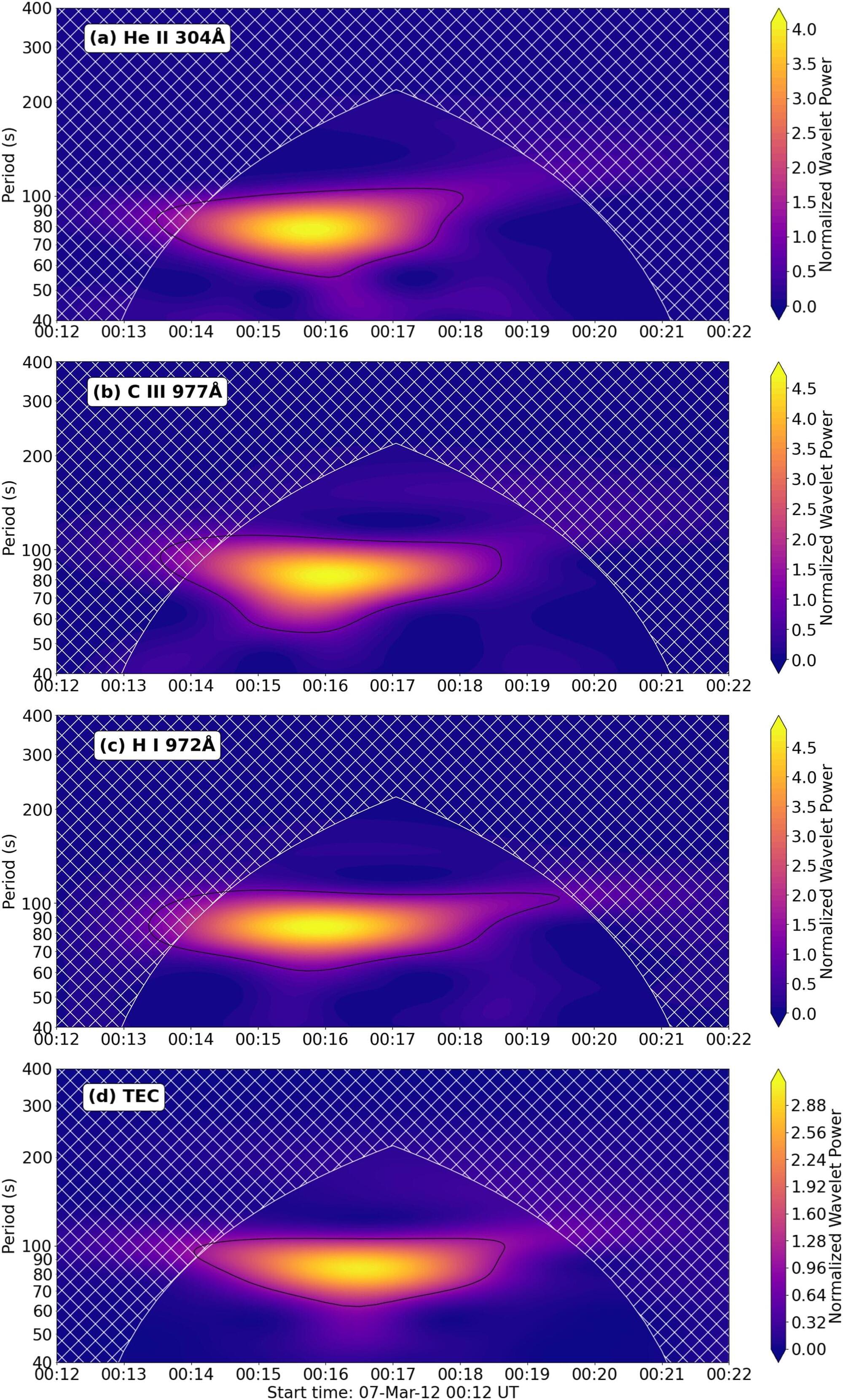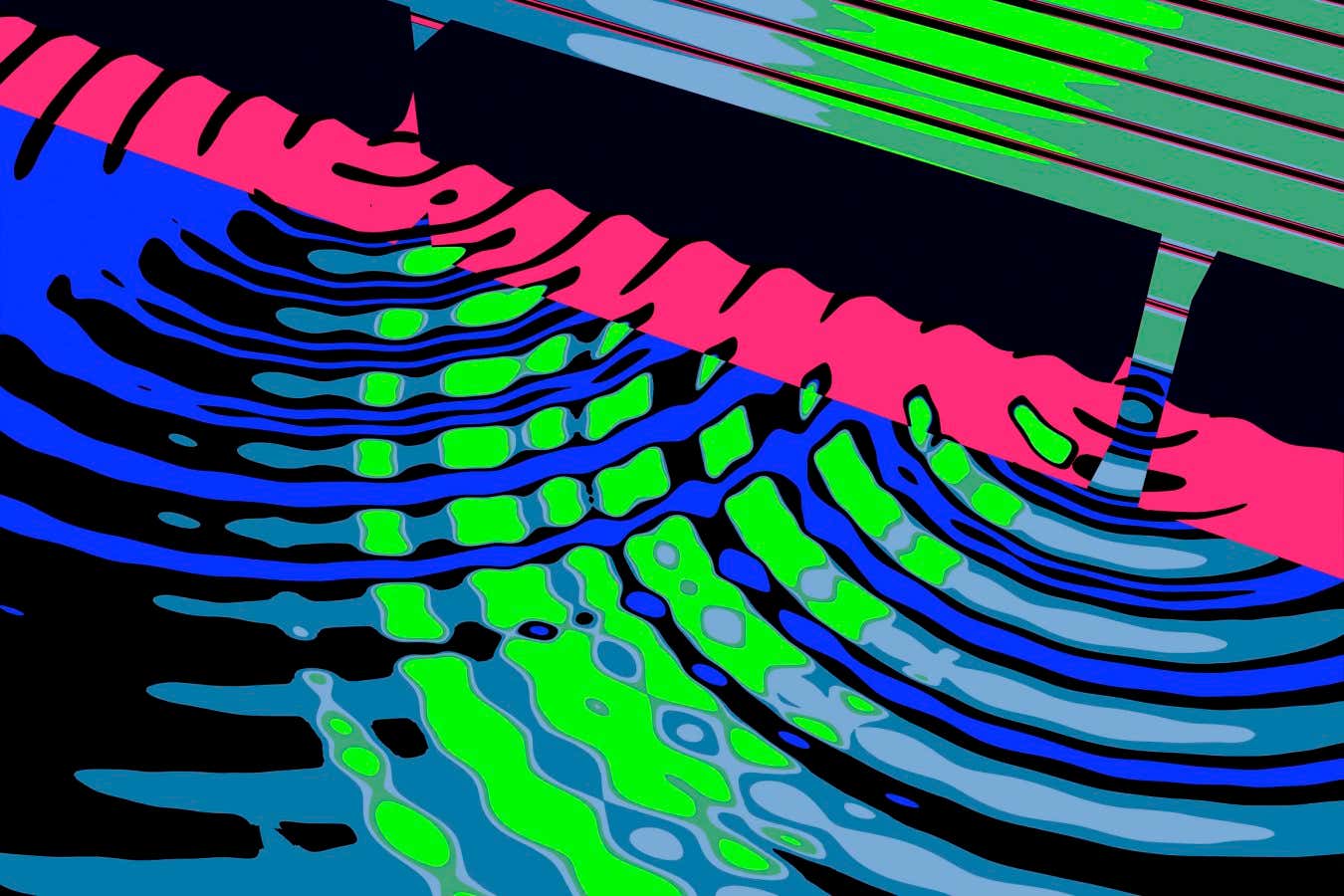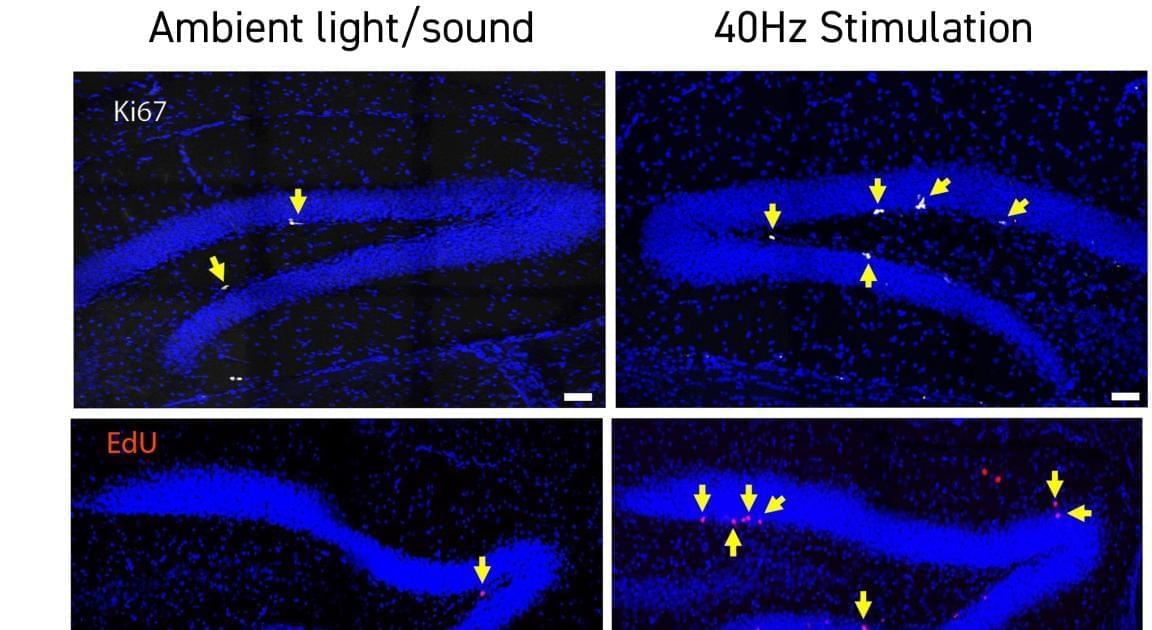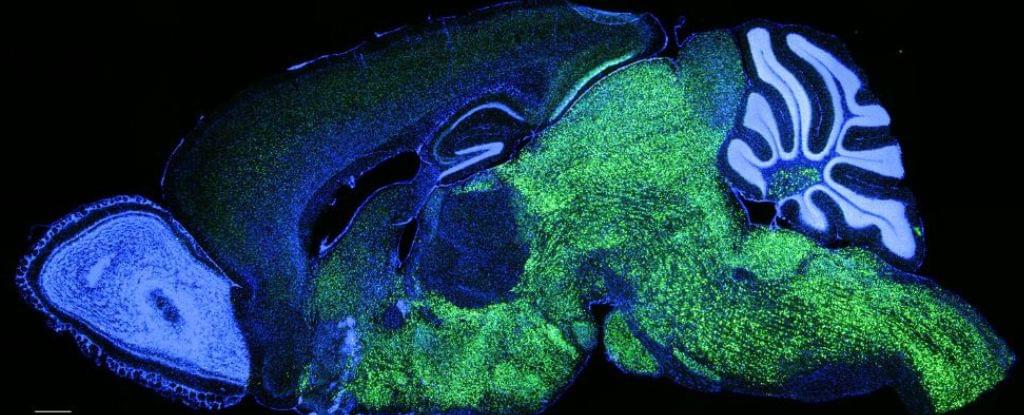Teleportation isn’t just science fiction anymore — scientists have found a way to send information more clearly and efficiently than ever before.
Using an incredibly tiny material called a nanophotonic platform, researchers dramatically improved how well quantum information can travel, even with just single particles of light. This breakthrough means teleportation could one day be part of real-world communication networks, opening the door to a future where information zips through space in ways once thought impossible.
Nonlinear optics: the key to quantum communication.







